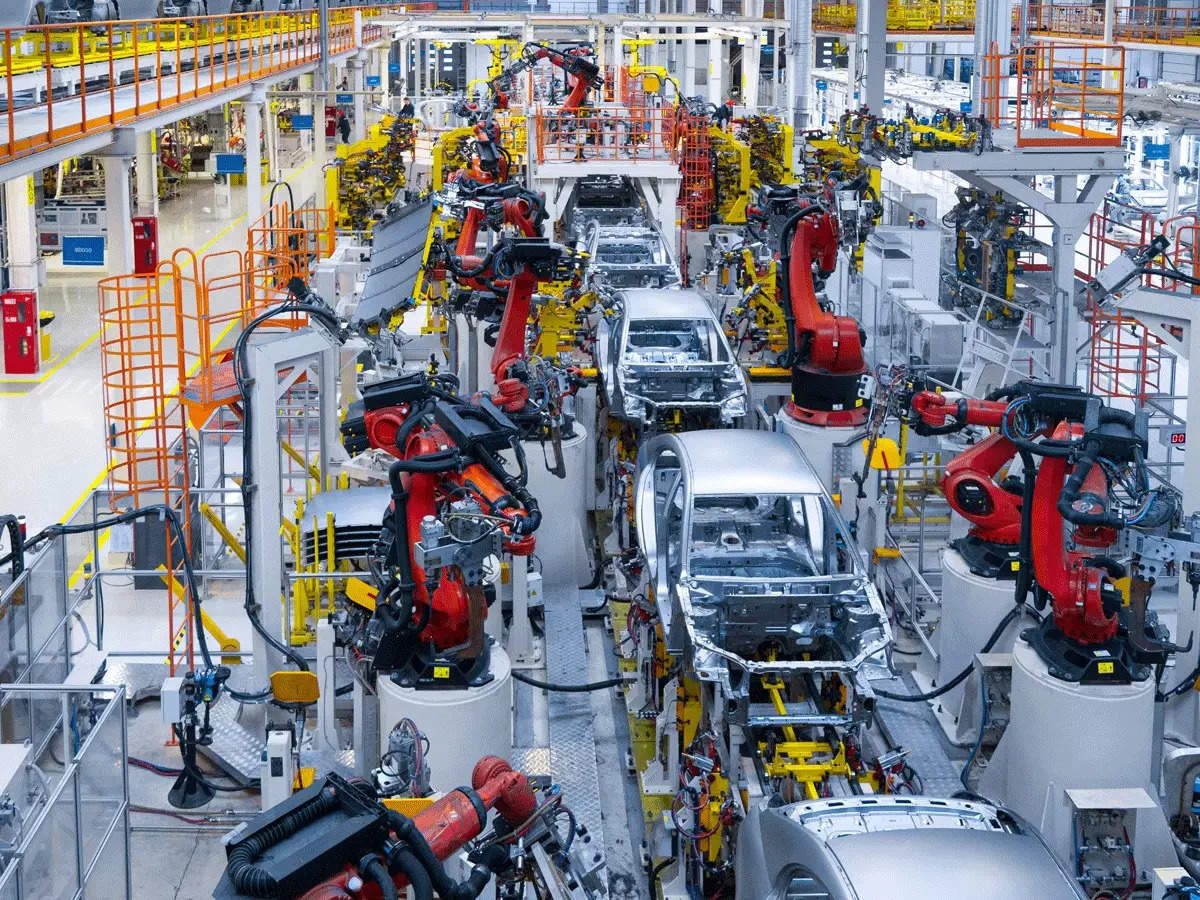
The cost pressure on automobile makers is expected to ease following softening steel prices and duty cuts by central and state governments on fuel, which would bring down the cost of ownership of vehicles. This may lead to a recovery in gross margins of automakers, which contracted by over 500 basis points in the past 15 months as prices of raw materials, particularly steel, doubled.
On an average, a two-wheeler, a passenger car and a heavy commercial vehicle comprise of about 110, 800 and 3,000 kg of steel. Every 10% drop in steel prices potentially expands automakers’ margins by 60-200 basis points. The trend of softening steel prices may continue with the Union Government’s decision to impose 15% export duty on iron ore and steel. India exported nearly 15% of the total steel output in FY22.
The central government’s excise duty cuts on fuels along with duty cuts by various state governments may lower the cost of ownership of vehicles by 3-4%. The biggest beneficiary would be two-wheeler companies where customers have been impacted adversely by persistent inflation over the past three years.
During the quarterly analyst calls, automakers guided for price increase of 1-2% in the middle of the June quarter after raising prices by a similar magnitude at the beginning of the quarter. Amid lower steel prices, if automakers decide to retain the benefit of low input costs, it would boost gross margins.
Analysts had earlier factored in gross margin expansion of 50-120 basis points for FY23 compared with FY22. Lower metal costs may lead to earnings upgrades from gross margin improvement. This may support stock prices. Auto stocks have underperformed the Nifty 50 by 20% in the past three years. They currently trade at 8% discount to their long-term average valuation.
